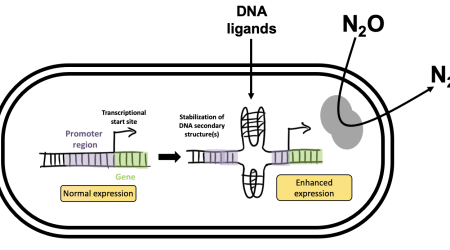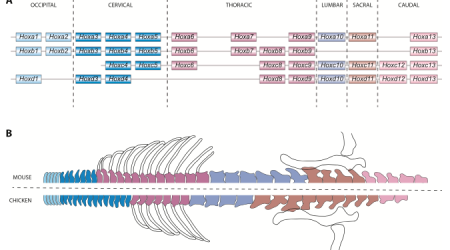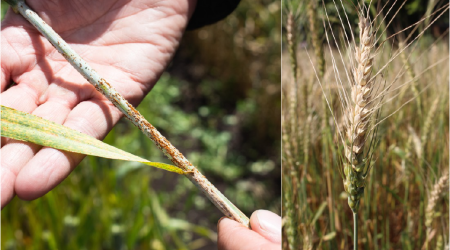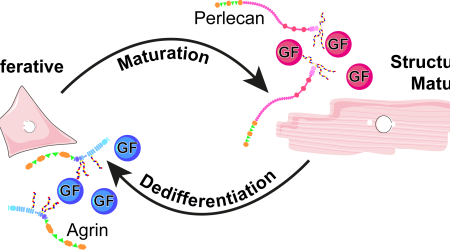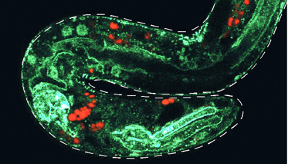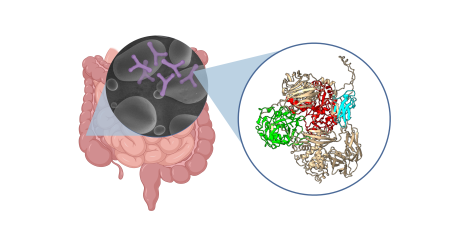
Signalling mechanism enhancing root nodule symbiosis. (CHARPENTIER_J24DTP)
Nitrogen (N) acquisition is fundamental for plant growth. However, N is poorly available in soils, leading to extensive and costly chemical fertiliser applications. It is estimated that 50-70% of nitrogen-derived fertilizer provided to the soil is lost, giving rise to soil and water pollution as well as global warming through emissions of nitrous oxide. Lowering fertilizer input and breeding crops with better nitrogen use efficiency is one of the main goals of plant nutrition research.



